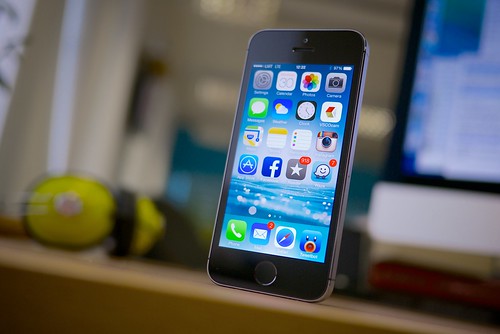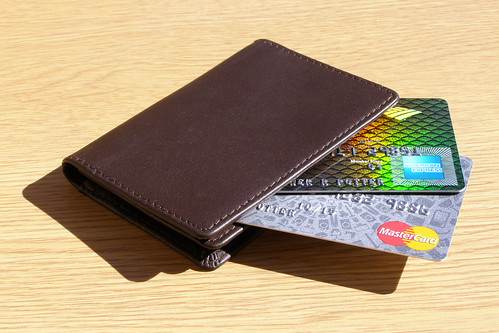If you’re in the market for a new smart device, such as a watch or phone, you’ve probably already stumbled upon a smart ring or two. They’re almost an inevitable consequence of the trend to make everything smaller and smarter but, at such an early stage in their development, are they really worth the investment?
No – not yet.
And here are a few reasons why not.
- They Don’t Do Anything New
If anything
typifies mobile phones in the current decade, it’s their
ever-increasing size. Mobile phones become more useful as their
screen size grows – can you imagine watching Netflix on
the 128x128 screen of the classic Nokia 3210? But
the reverse is also true; if you make something smaller, it becomes
harder to use and features start to disappear as a consequence.
Smart rings are
diminishing functionality taken to its logical extreme. The Ringly,
for example, a smart device that doubles as costume jewellery,
flashes when your phone receives a text message, email, or several
other configurable notifications; that’s the extent of its
functionality. It’s a £162 ring that provides a constant
tether to your phone.
Much of the
write-up around smart rings lists a benefit of knowing that you have
a message when you can’t use your phone. However, as the ring
doesn’t tell you what the message says, unlike
some smartwatches, you’ll need to unlock your phone to
read it. It’s an entirely redundant feature, made worse by the fact
that the notification light is obnoxiously bright.
- They Complicate Things
Research conducted by Voucherbox indicates
that consumers have an appetite for smart devices in all their
guises, especially wearables like FitBits and Apple
Watches. However, it's by far the simpler, more specialised options
that succeed in the market.
Ring, a
smart device by a company called Logbar, features gesture
recognition as well as a host of other features to “shortcut
everything”. For example, if you draw a camera shape in the air
while wearing the ring, the camera app on your phone opens. You can
then pick up your device to take a picture.
It’s
undeniably clever but the alternative is swiping once on your phone.
On some models, you don’t even need to unlock the device to use the
camera. Ring’s gesture technology simply complicates a process that
Apple, Sony, Samsung, etc. have already sharpened to a fine
point. With that in mind, it’s hard to see the Ring as anything
more than a novelty.
- The World isn’t Ready
Smart rings
are all the rage when the technology doesn’t quite exist to
support them yet. To give an extreme example, Ring’s early consumer
reviews were verycritical of the device. It had potential but
overpromised with niche, untested technology.
The NFC Ring has
a similar problem. Near Field Communication (NFC) is the technology
behind contactless payments; put another way, it allows two
smart objects within certain proximity to ‘talk’ to each other.
You can use the NFC ring to make payments, open electronic doors, and
transfer data.
However, to take
full advantage of the NFC Ring, you’ll need a £65NFC door lock as well as an NFC-equipped phone
(fairly common, admittedly) to configure touchless unlocking
of your device. NFC door locks are far from standard; in fact, the
only mainstream NFC technology out there is used
in contactless payments, which have only just started
to take off.
Whether they’re
ahead of their time (NFC Ring), an unnecessary extension of
your smartphone (Ringly), or a needless over-complication
(Ring), the world isn’t ready to adopt the smart ring just yet.
However, if you are desperate for a new smart device, wait to see
what Samsung and Apple do with the lessons learned in the
market so far, as both brands have filed relevant patents for ring
tech in the last year.




